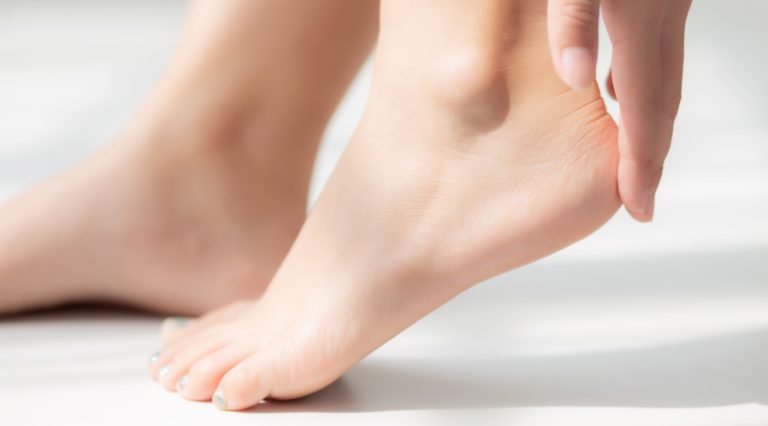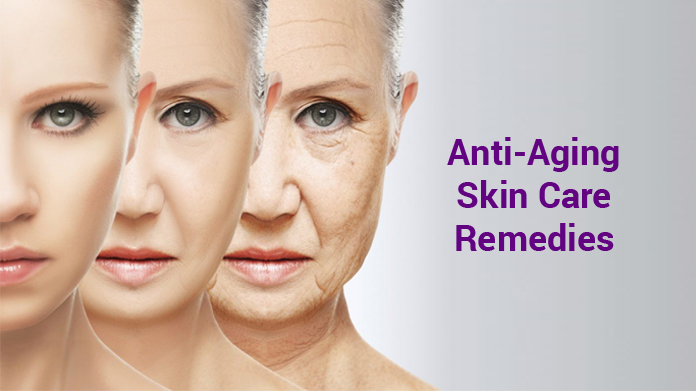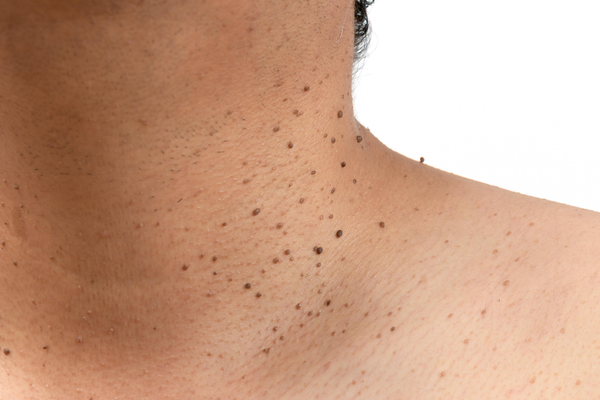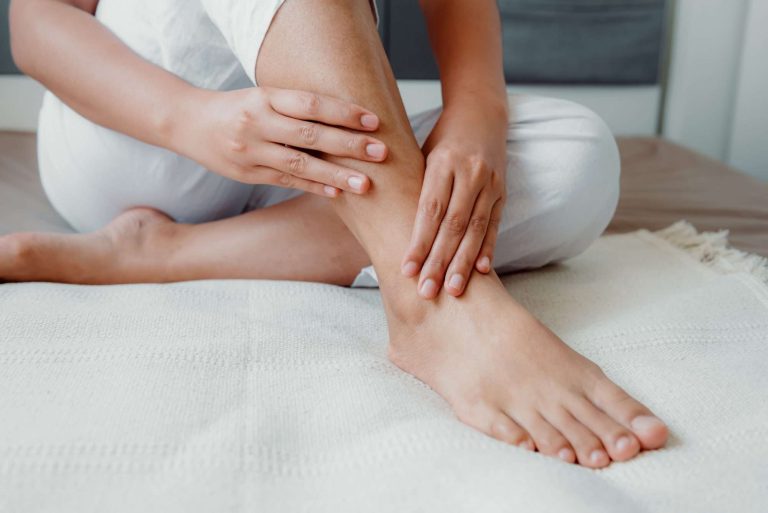Say Goodbye to Stubborn Indurated Skin

Are you struggling to get rid of indurated skin? Dealing with this condition can be frustrating, but understanding the causes and symptoms can help you find effective solutions. From skincare tips and recommended products to professional treatments and lifestyle changes, addressing indurated skin is possible. In this blog post, we will explore the causes of indurated skin, common symptoms, and a range of solutions to help you say goodbye to stubborn indurated skin. Whether you’re looking for skincare advice or professional treatment options, we’ve got you covered. Let’s dive into the world of combating indurated skin and regaining smooth, healthy skin.
Causes of Indurated Skin
Indurated skin can be caused by a variety of factors, including:
-
Trauma or Injury:
- Injuries such as cuts, bruises, or burns can lead to indurated skin as a part of the natural healing process.
-
Inflammatory Skin Conditions:
- Skin conditions like eczema, psoriasis, or dermatitis can cause indurated skin due to chronic inflammation.
-
Infection:
- Bacterial or fungal infections can result in indurated skin, especially if left untreated.
-
Sun Damage:
- Prolonged exposure to the sun’s harmful UV rays can lead to thickened, indurated skin over time.
-
Underlying Health Issues:
- Certain medical conditions like diabetes or poor circulation can contribute to the development of indurated skin.
Understanding the underlying causes of indurated skin is crucial in determining the most effective treatment approach to Get Rid Of Indurated Skin and restore healthy, smooth skin.
Common Symptoms of Indurated Skin
When dealing with indurated skin, it’s crucial to recognize the common symptoms associated with this condition. Here’s what to look out for:
-
Hardened Skin: The affected area may feel firm to the touch, with a hardened texture that is often raised or lumpy.
-
Redness and Inflammation: Indurated skin can appear red and inflamed, indicating an underlying issue within the skin layers.
-
Pain or Discomfort: Patients might experience tenderness, soreness, or discomfort in the affected area, especially when pressure is applied.
-
Limited Flexibility: The skin may feel tight and inflexible, causing restriction in movement, particularly if the indurated area is over a joint.
-
Changes in Skin Texture: The skin might exhibit a rough or uneven texture, differing from the surrounding healthy skin.
-
Warmth to the Touch: The affected area may feel warmer than the surrounding skin, indicating potential inflammation or infection.
Recognizing these symptoms is the first step in addressing indurated skin. By understanding the manifestations of this condition, individuals can take proactive steps to get rid of indurated skin and restore skin health.
Remember, early recognition and intervention are key to effectively controlling this condition.
Skincare Tips for Treating Indurated Skin
When it comes to getting rid of indurated skin, following effective skincare tips can make a significant difference. Here are some expert-recommended tips to help you achieve smoother and healthier skin:
1. Gentle Cleansing:
- Use a mild, non-abrasive cleanser to clean your skin without causing irritation.
2. Exfoliation:
- Regular exfoliation can help remove dead skin cells and promote skin renewal. However, be cautious not to over-exfoliate, as it can exacerbate indurated skin.
3. Hydration:
- Keep your skin well-hydrated by using a gentle, non-comedogenic moisturizer. Moisturizing helps maintain skin elasticity and prevents dryness.
4. Avoid Harsh Ingredients:
- Steer clear of skincare products containing harsh chemicals, fragrances, or alcohol, as they can aggravate indurated skin.
5. Sun Protection:
- Shield your skin from harmful UV rays by applying a broad-spectrum sunscreen with an SPF of 30 or higher. UV exposure can worsen indurated skin conditions.
6. Soothing Ingredients:
- Look for skincare products with soothing ingredients like aloe vera, chamomile, or oatmeal to calm and nourish irritable skin.
By incorporating these skincare tips into your daily routine, you can take proactive steps in treating and managing indurated skin effectively.
Remember, consistency is key in skincare routines. Get Rid Of Indurated Skin by caring for it gently and consistently.
Recommended Skincare Products for Indurated Skin
When it comes to addressing indurated skin, using the right skincare products is crucial to effectively manage the condition. Here are some recommended skincare products that can help you get rid of indurated skin:
Cleansers:
- Look for gentle, fragrance-free cleansers to avoid further irritation.
- Opt for cleansers with hydrating ingredients like ceramides or hyaluronic acid to maintain skin moisture.
Moisturizers:
- Choose moisturizers with occlusive properties to seal in moisture and protect the skin barrier.
- Products containing ingredients such as shea butter, glycerin, or dimethicone can help soothe and hydrate indurated skin effectively.
Exfoliants:
- Consider using chemical exfoliants with ingredients like alpha hydroxy acids (AHAs) or beta hydroxy acids (BHAs) to gently remove dead skin cells and improve skin texture.
Sunscreen:
- Protecting the skin from sun damage is essential for indurated skin. Select a broad-spectrum sunscreen with SPF 30 or higher to shield the skin from harmful UV rays.
Remember, always perform a patch test when trying out new products, and consult with a dermatologist to tailor a skincare routine suited to your specific skin needs. By incorporating these recommended skincare products, you can take proactive steps to get rid of indurated skin and promote healthier, smoother skin.
Professional Treatment Options for Indurated Skin
When it comes to dealing with stubborn indurated skin, seeking professional treatment options can provide effective solutions. Here are some professional treatments that can help you get rid of indurated skin:
-
Chemical Peels: Dermatologists may recommend chemical peels to exfoliate the skin and promote the growth of new, healthier skin cells. This can help in reducing the indurated areas and improving overall skin texture.
-
Microdermabrasion: This procedure involves gently removing the top layer of the skin, which can help in smoothening out indurated areas and promoting collagen production for skin renewal.
-
Laser Therapy: Laser treatments can target and break down hardened areas of the skin, promoting smoother and more even skin texture. This can be particularly beneficial for addressing indurated skin patches.
-
Topical Treatments: Prescription-strength creams or ointments containing retinoids or alpha hydroxy acids may be recommended by dermatologists to help exfoliate and soften indurated skin over time.
Professional treatments can offer targeted solutions for combating indurated skin effectively, but it’s essential to consult with a dermatologist to determine the most suitable option for your specific skin condition.
Lifestyle Changes to Improve Indurated Skin
Making simple lifestyle changes can significantly improve the condition of indurated skin and support overall skin health. Here are some effective tips:
-
Stay Hydrated: Drink plenty of water to keep your skin hydrated and promote overall skin health. Proper hydration can help prevent indurated skin from worsening.
-
Healthy Diet: Incorporate foods rich in antioxidants, vitamins, and omega-3 fatty acids into your diet. These nutrients support skin regeneration and can help improve indurated skin over time.
-
Avoid Irritants: Identify and avoid skincare products or environmental factors that irritate your skin. Opt for gentle, fragrance-free products to minimize irritation.
-
Sun Protection: Protect your skin from harmful UV rays by using sunscreen and wearing protective clothing. UV exposure can aggravate indurated skin, so sun protection is crucial.
-
Manage Stress: Chronic stress can worsen skin conditions. Practice stress-reducing activities such as yoga, meditation, or deep breathing exercises to help manage stress levels.
-
Regular Exercise: Engage in regular physical activity to improve blood circulation, which can benefit overall skin health, including indurated skin.
By incorporating these lifestyle changes, you can support the improvement of indurated skin and promote a healthier, more resilient complexion.
Preventing Indurated Skin from Recurring
Indurated skin can be persistent, but with the right approach, it’s possible to prevent its recurrence. Here are some essential tips to help you keep your skin healthy and induration-free:
-
Moisturize Regularly: Keeping your skin well-moisturized can help prevent induration. Look for moisturizers specifically designed for sensitive or dry skin to provide the necessary hydration.
-
Protect from UV Exposure: Shield your skin from the sun’s harmful rays by using sunscreen with a high SPF. Additionally, wearing protective clothing such as hats and long sleeves can further safeguard your skin.
-
Gentle Skincare Routine: Opt for gentle cleansing and skincare products. Harsh chemicals and rough exfoliants can exacerbate induration, so choose products that are mild and non-irritating.
-
Healthy Lifestyle Choices: A balanced diet rich in vitamins and antioxidants can contribute to overall skin health. Aim to stay hydrated and incorporate a variety of fruits and vegetables into your meals.
-
Regular Check-ups: Keep regular appointments with a dermatologist to monitor your skin’s health and address any concerns promptly.
By incorporating these preventive measures into your daily routine, you can work towards maintaining smooth and healthy skin, effectively minimizing the chances of experiencing indurated skin again.
Remember, consistently following these preventive steps can help you get rid of indurated skin for good.





